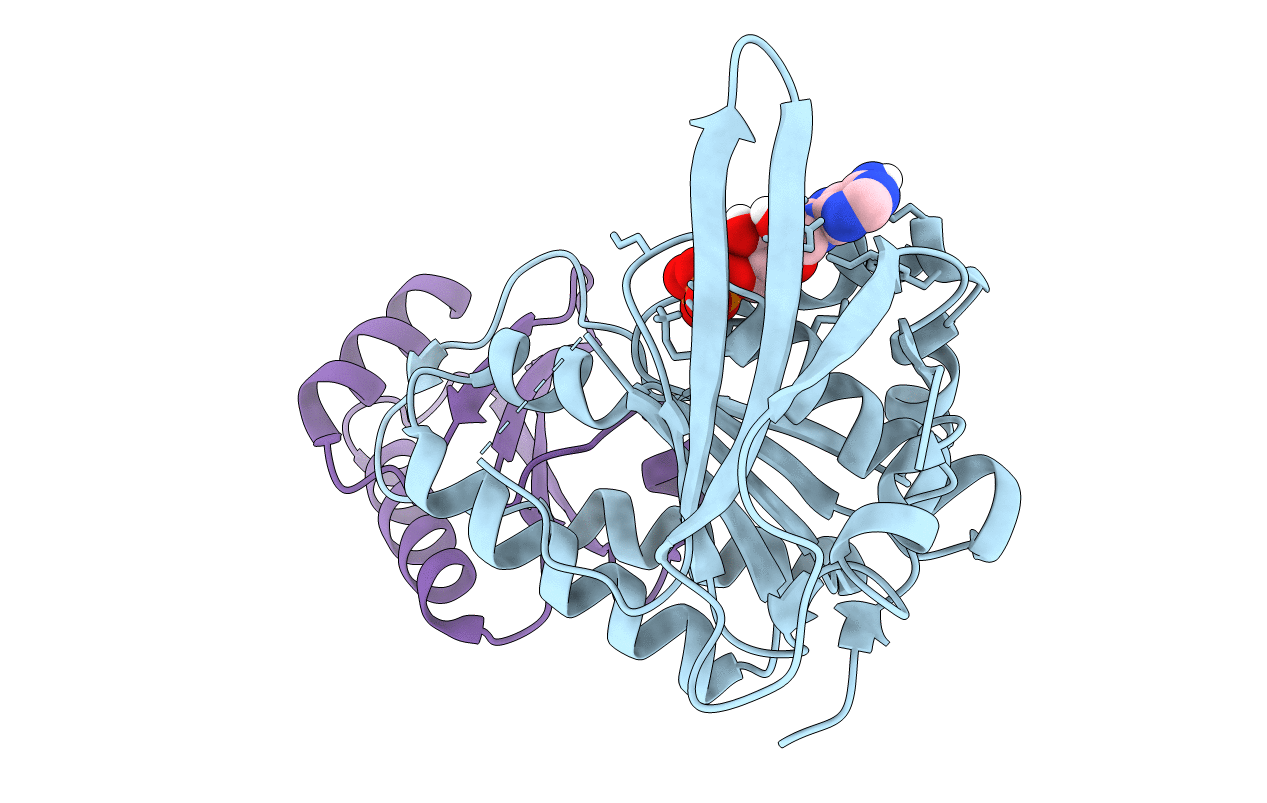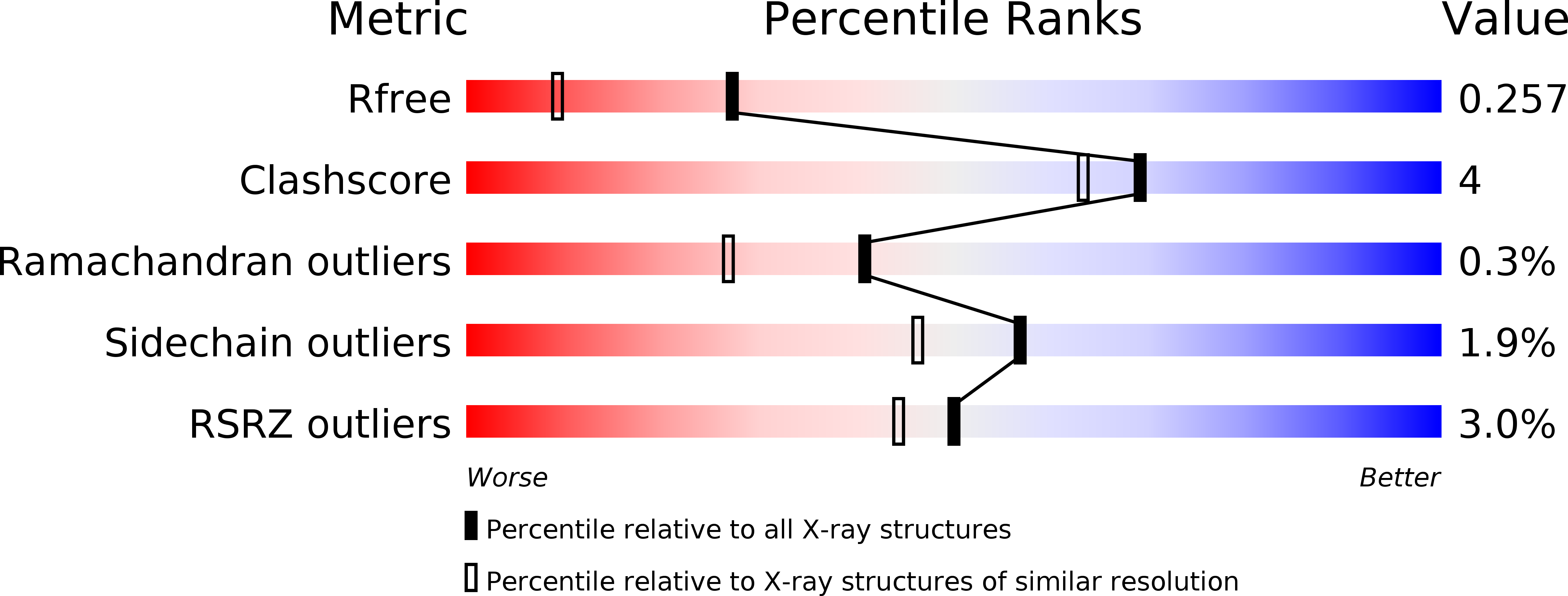
Deposition Date
2016-05-12
Release Date
2017-03-29
Last Version Date
2024-03-06
Entry Detail
PDB ID:
5JWO
Keywords:
Title:
Crystal structure of foldswitch-stabilized KaiB in complex with the N-terminal CI domain of KaiC from Thermosynechococcus elongatus
Biological Source:
Source Organism:
Thermosynechococcus elongatus (Taxon ID: 197221)
Host Organism:
Method Details:
Experimental Method:
Resolution:
1.80 Å
R-Value Free:
0.25
R-Value Work:
0.21
R-Value Observed:
0.22
Space Group:
P 2 21 21


